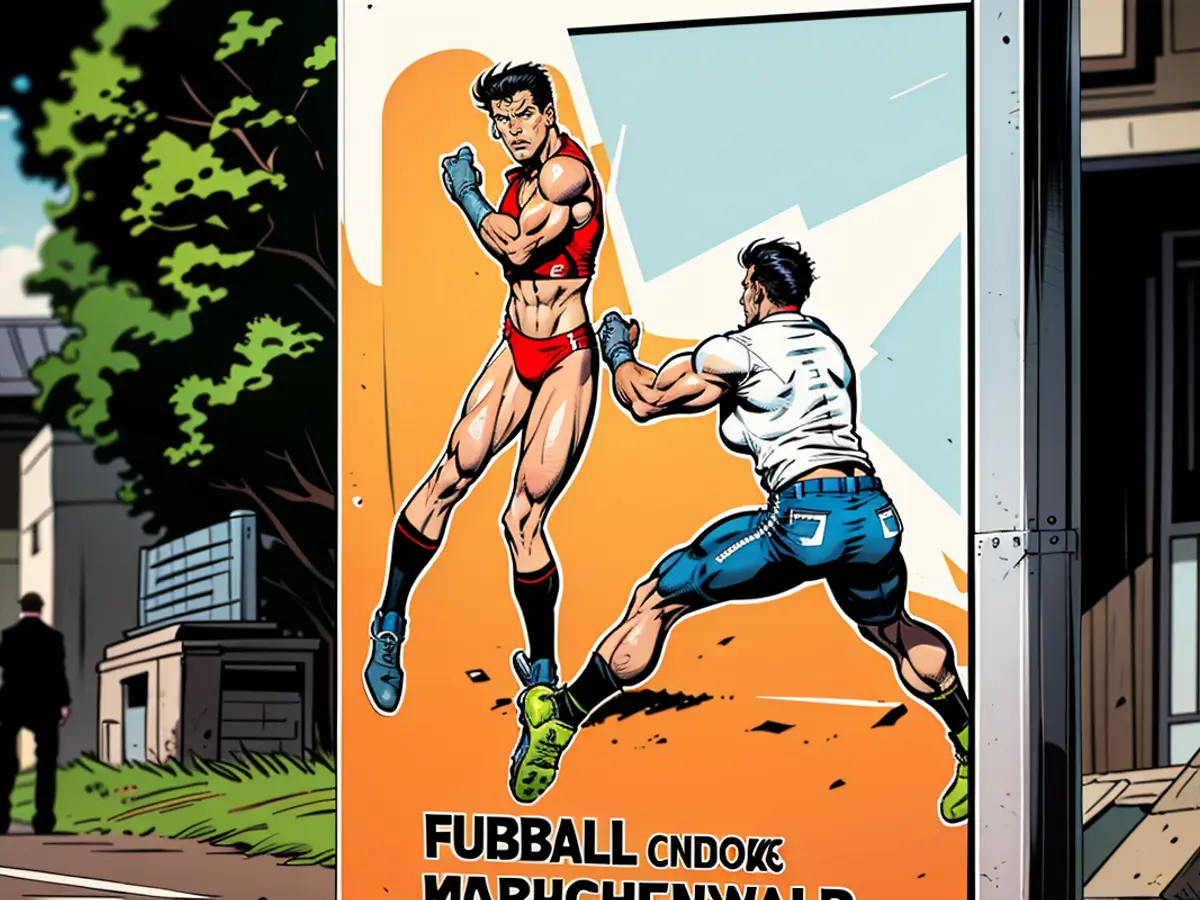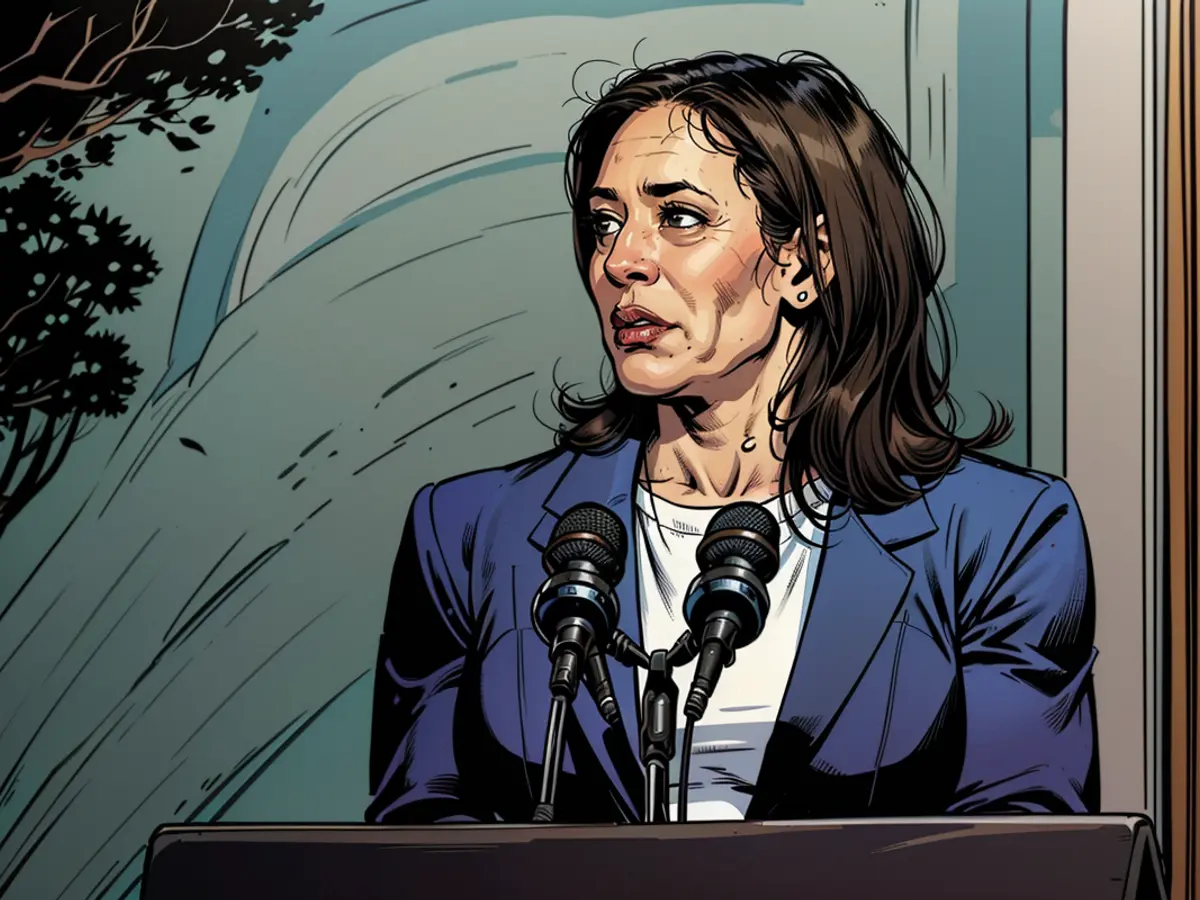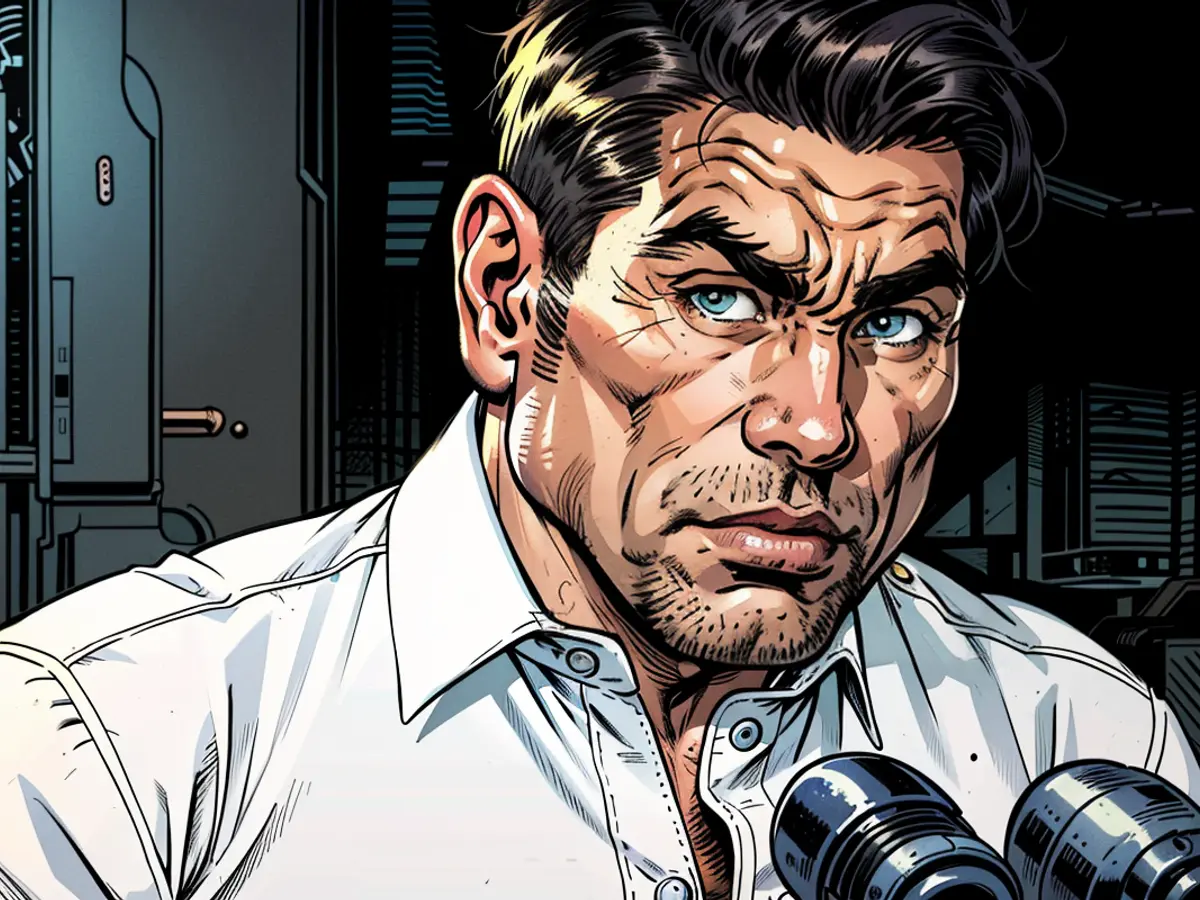Crónica de acontecimientos pasados Relato de acontecimientos pasados - La exposición muestra "Las conexiones entre el fútbol y el campo de concentración de Buchenwald".
During this year's European Football Championship, the Buchenwald Memorial Site in Thuringia's Weimar is hosting a unique display for the first time. This exhibition addresses the relationship between football and the Buchenwald Concentration Camp, as announced by the founding organization.
The role of football at the camp was multifaceted, explains Rikola-Gunnar Lüttgenau, spokesperson for the Buchenwald and Mittelbau-Dora Memorial Sites Foundation. For inmates, playing football on the camp grounds - as players and spectators - offered a brief respite from the drudgery and dreariness of their daily lives. However, the SS used these games to mask the criminality of the camp.
The memorial site's outdoor exhibition centers around the experiences of the concentration camp's inmates, including professional players and club administrators. Notable among them was Joseph Gero (1896-1954), who later became Vice President of UEFA. He spent time in KZ Buchenwald from September 1938 to July 1939. Despite this, he went on to hold high-ranking positions in Austria's Ministry of Justice, as well as serve as President of the Austrian Football Association and the Austrian Olympic Committee. Others, like former French and Hungarian national players Eugène Maës and Henrik Nádler, did not survive the camp, the website details.
here.
Some inmates were allowed to participate in football games on the camp premises, while most were unable due to the grueling labor and limited food supply. In April 1939, the SS camp leadership is reported to have organized the first match. A Jewish inmate team played against a non-Jewish inmate team.
The societal normalization of the camp's atrocities during that time is also attributed to this, as Lüttgenau notes. The SS participated in local league play "sin problemas" with their own team. In certain cases, this team was coached by a former German national player: Fritz Förderer, who was concurrently serving as Weimar's city caretaker at that time.
1 Your input text.
The exhibition "Fútbol y el Campo de Concentración de Buchenwald" features 14 monuments on the grounds of the former camp. This event runs until August 31st. The memorial site's online blog mentions additional case studies.
Más información se puede encontrar aquí.
2 Buchenwald and Mittelbau-Dora Memorial Sites Foundation. "Football and Buchenwald Concentration Camp." Accessed June 10, 2023. URL:
Referencia:1 Tu texto de entrada.2 Fundación Memorial Buchenwald y Mittelbau-Dora. "Fútbol y el Campo de Concentración de Buchenwald." Accedido el 10 de junio de 2023. URL: link [link]







